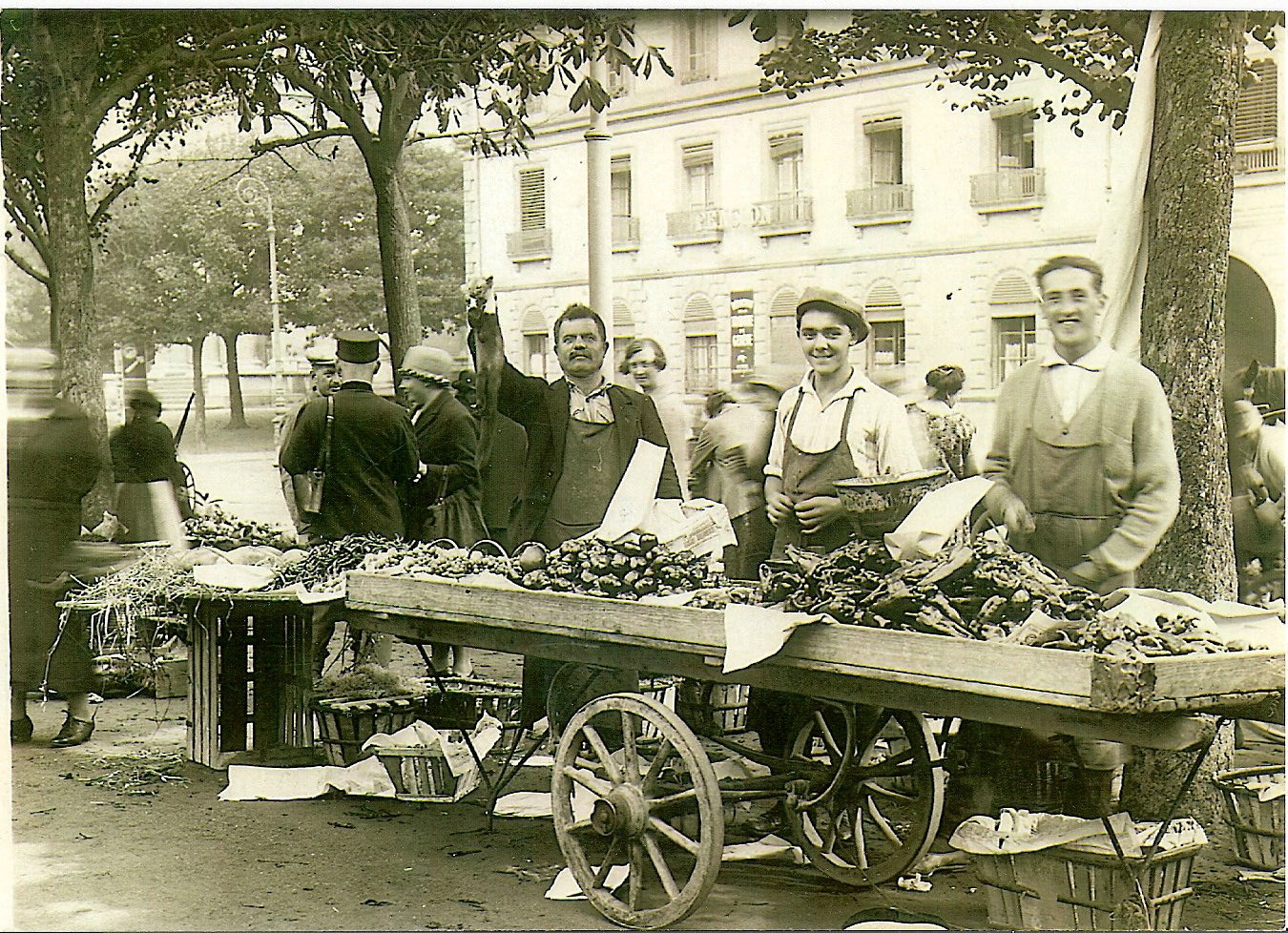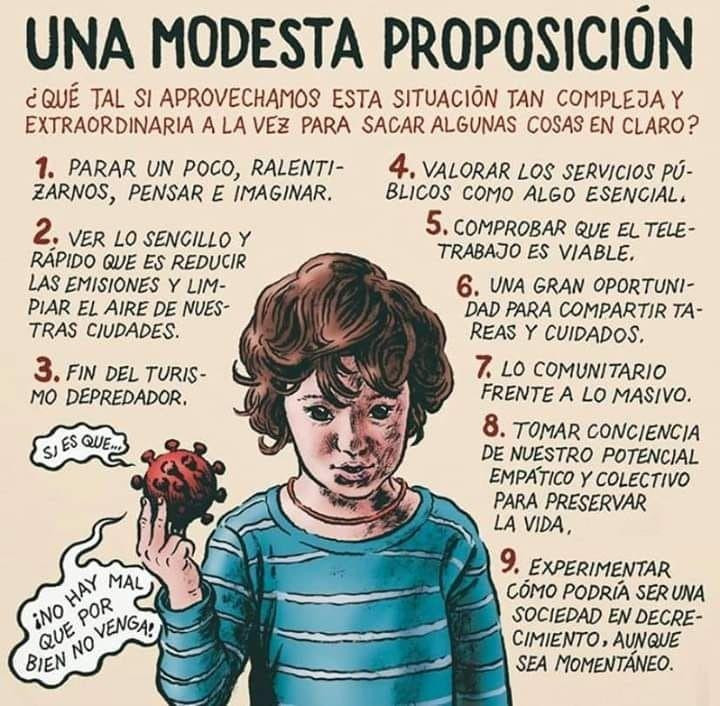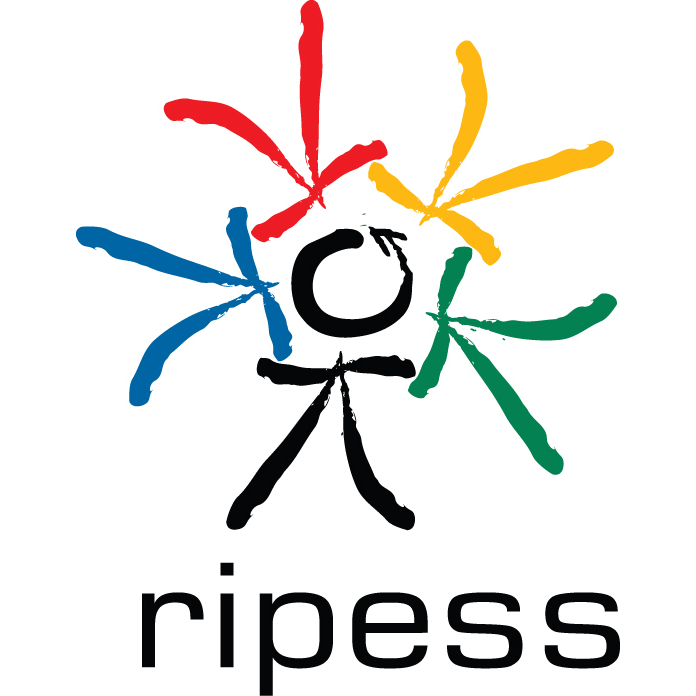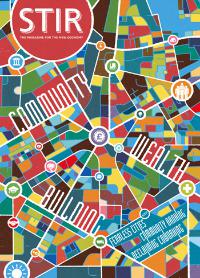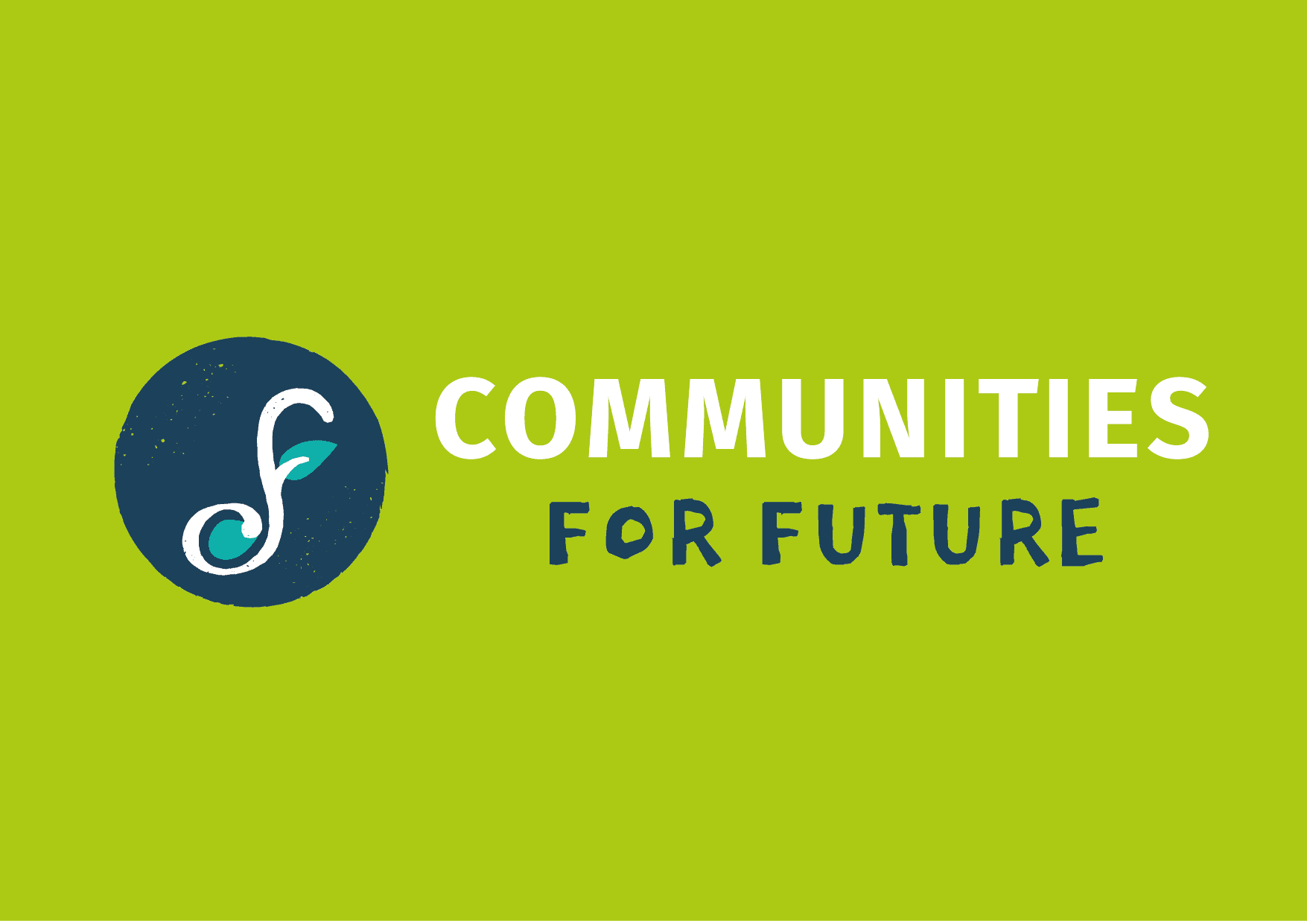by Jean Rossiaud & Antonin Calderon (Léman Currency/ APRES-GE)
In this fourth chapter of the series that we started in October, on the theme of “local currencies”, after an overview of the advantages and challenges of local currencies through the example of the Léman (October 2018), the possibilities for collaboration and synergies between local currencies and local contract agriculture (LCA) (December 2018), and the interest of local currencies as tools for the development of economic agricultural sectors (February 2019), we are now proposing no longer to start from sectors, but from territories (neighborhoods, villages, etc.) to build short-circuits and collectively be part of the transition.
The climate crisis brings us back to common sense by making us aware that it is ecologically, economically and socially absurd to consume, in Geneva or Paris, tomatoes harvested in Holland, canned in Romania and whose cans themselves have been produced in Southeast Asia. The free movement of goods, particularly in the agricultural sector, has led to the economic specialization of entire regions and increased dependence on traders and large distributors. The competition between all the world’s territories produces great economic and social vulnerability everywhere locally; it is neither ecologically sustainable nor economically sustainable. That is why we come back to “short food supply chains”.
It is common to refer to ” short food supply chains ” as distribution channels, most often agricultural, where only one intermediary operates between the producer and the consumer, whether through direct sales (see our article on Local Agriculture,December 2018 , ) or indirect sales.
Today, there is a growing demand for ” short food supply chains “, because as consum’actors we want to protect our health and our environment at the same time. But historically, short circuits were the rule, especially just outside the city walls, as in Geneva on the Plain of Plainpalais or in Paris for market gardening villages to supply halls and urban markets.
However, the idea of ” short food supply chains “, in its contemporary renaissance, refers to the representation of ” Small is Beautiful ” (by the British economist Ernst Friedrich Schumacher) and of Territorial self-organization, as Hans Widmer (P. M.) imagines it, where ” neighborhood” are both economic and social living areas ” at human level ” and political spaces for governance in the communes.
Local currency as a tool for soft revolution
In this light, the neighborhood (or village) scale is the smallest scale where operate at the same time: a shared conviviality, a diversity of places of activities, relaxation, culture, meetings, work, quality local services, and democratic governance of the communes.
In this context, the local currency (even a neighborhood currency) functions as an “identity card” for a collective “political” project for the relocation of the economy, the development of short circuits and the social and environmental responsibility of producers, consumers and distributors (“when I pay in local currency, I demonstrate that I am one of those who act for the ecological, economic and social transition”). This identification with the world of Tomorrow is done in a non-confrontational way with the world of yesterday. Affirmative rather than defensive, this posture states that “there are immediate and concrete solutions to climate change and systemic crises; I am doing my part, in a collective project”.
But the local currency is much more than the transition identity card. It sets up ipso facto the economic, commercial and financial processes, which induce a mechanical, automatic, mechanical solidarity between producers, distributors and consumers (whether they know each other or appreciate each other does not change the case), producing a collective local wealth, which cannot escape the given territory, and cannot be captured by the financial markets above ground.
In this spirit, the neighborhood (or village) scale is the smallest scale where both operate: a shared conviviality, a diversity of places of activity, relaxation, culture, meetings, work, quality local services, and democratic governance of the communes.
Reversing the logic of purchase, distribution and sale to make the economic act part of a collective and medium-term strategy is the key proposed by the local currency to reopen the door to territorial prosperity. And this option is valid in all neighborhoods, anywhere on the planet: everyone has a direct interest in strengthening local economic interactions, which will increase the turnover of local businesses and businesses, increase employment and wages, generate taxes that will be reinvested locally.
Local currencies are therefore ideal tools to make the economy more resilient everywhere, thanks to a tight, transparent and diversified network, while increasing social and environmental added value. By emerging from widespread competition, they thus contribute to strengthening food and economic sovereignty everywhere, combating mass unemployment, reducing territorial inequalities and thus economic migration. As a local and universal solution, local currency gently addresses global climatic and socioeconomic challenges.
From the social contract to the neighborhood economic contract
The social contract, the one which since Rousseau allows us to think of ourselves as “communities of destiny”, must be rebuilt. Nation-States are territories too large to constitute basins of life, governable as territorial commons, and too small to face global challenges. It is now a question of articulating the scales of production and governance.
In this context, the neighborhood can be considered as the basic brick of the global economy. But since we do not believe in the virtues of self-sufficiency, and since we recognize ourselves in the universality of the human community throughout the planet, we are committed to the articulation of living basins, from the local to the global: here again different currencies, corresponding to different territorial scales, could be an interesting tool for this articulation. The issue to be resolved is their interoperability
Let’s get back to our neighborhoods. We therefore believe that the local currency is the basis of a neighborhood contract, which aims at economic sovereignty and the shared management of the prosperity produced.
But what economy are we talking about? A network of local producers and consumers, who decide to work together, from now on, in the medium/long term, because they know that the system they co-manage builds customer loyalty by reducing advertising costs, ensures the sustainability of their suppliers and the quality of the goods and services purchased, allows optimal flow and inventory management and offers financial facilities (in particular operating lines of credit at 0 interest rates, if a shared credit system is adopted).
Moreover, whether we are consumers, companies, shops or public authorities, the local currency forces us to think about the implications of our daily purchases on our well-being together. It is the culture of economics and sustainability that is being reinvented in the same movement.
The typical actors of the neighborhood’s economic sectors
Without being exhaustive, we present typical actors who contribute to making neighborhoods places of well-being and citizen action, and who have an immediate and concrete interest in using local currency as a catalyst and facilitator of their activities within their neighborhood.
Housing co-ops are the central actors in the circulation of a neighborhood’s currency. In a neighborhood, you either live there, work there, or both. While it is possible to pay rents for housing and arcades/offices in local currency (even partially), a large part of the income of the inhabitants is relocated to the neighborhood, especially if they have been paid partly in local currency. In addition, cooperatives can develop ancillary services for their members, such as car sharing.
The inhabitants have an interest in being able to enjoy quality local shops. Even if this means sharing certain costs and devising, with landlords, rent equalization schemes to encourage socially or ecologically useful activities that are less economically viable in the city center.
Participatory and cooperative grocery store or supermarket
A grocery store or a participatory supermarket makes it possible to revisit the concept of local commerce. Households that are members of a food cooperative are called upon to contribute a few hours a month to the running of the company (cash register, shelving, stock, deliveries, but also events for the neighborhood, support for the elderly or people with disabilities, etc.) in exchange for products whose margin is reduced thanks to the collective contribution.
The local currency can concretely encourage local residents and businesses to prefer this method of distribution to the traditional delivery of agri-food products. At the same time, contracts are concluded between farmers’ groups and grocery stores in order to be able to coordinate cultivation plans (adapted and varied production) without “constraining” consumers in their choice. This vision is directly linked to that of local contract agriculture (LCA), with the difference that the contract is shifted from the producer to the distributor, diluting the constraint of choice on the community and no longer the individual.
The neighborhood inn has the particularity of offering meals prepared by residents, coordinated by a professional innkeeper. Each resident interested in the concept registers to participate in the development of a meal. With the number of people, contributions are very far apart, but a quality meal is offered every day, at a very affordable price and in a friendly spirit. A district needs craftsmen: butcher, shoemaker, cheese maker, baker, etc. In modern cities, these craftsmen have gradually disappeared in favor of large companies offering these services at a lower cost. But the loss of these interactions and social ties is a consequence that the whole neighborhood suffers. It is possible to help revitalize these local businesses thanks to the local currency.
Once again, the use of credit lines in local currency (pooled credit) by craftsmen is possible for part of their salary, the payment of their rent and the repayment of investments (installations, machines), provided that the members of the payment community in question accept it. Artisans can thus go down in negative to their “floor” limit in the first months or years of operation, then gradually rise again, receiving payments from the actors of the district for whom their activity is useful.
The same mutual logic can be applied to libraries of objects and tools or resourceries, which recycle waste, in compost or plastic wire for 3D printers. The sources of income for these new trades of recovery, repair, reuse, reinvention and recycling (the 5 Rs of industrial ecology and circular economy) can be very important for neighborhoods.
In this context, public authorities have a clear interest in rethinking their purchases according to a logic of proximity. By strengthening the presence of companies on their territory, they obtain more tax revenues, and at the same time more easily fulfill their public policy missions in terms of economic promotion, social solidarity and the fight against global warming (carbon impact).
The neighborhood economic contract would be – in this spirit – the moment when these different actors sit around a table and calculate together the inter-company flows that could be carried out in local currency, and which would constitute the basic framework of this local economic net, the one that gives work to the greatest number by producing more collective wealth. On this basis, it would even be possible to imagine a full cooperative (which would include the accounting of volunteer hours), and which could generate a universal income… but this would be the subject of at least the next two chapters.
(1) Technically, we have solved the problem: our multi-currency portfolio, Biletujo (Esperanto wallet), allows interoperability. But how can we establish a “conversion rate”, an exchange rate, without falling back into the current monetary system, which makes money a commodity on which it is always possible to speculate? This will be the subject of a future reflection, in the continuation of this series.




